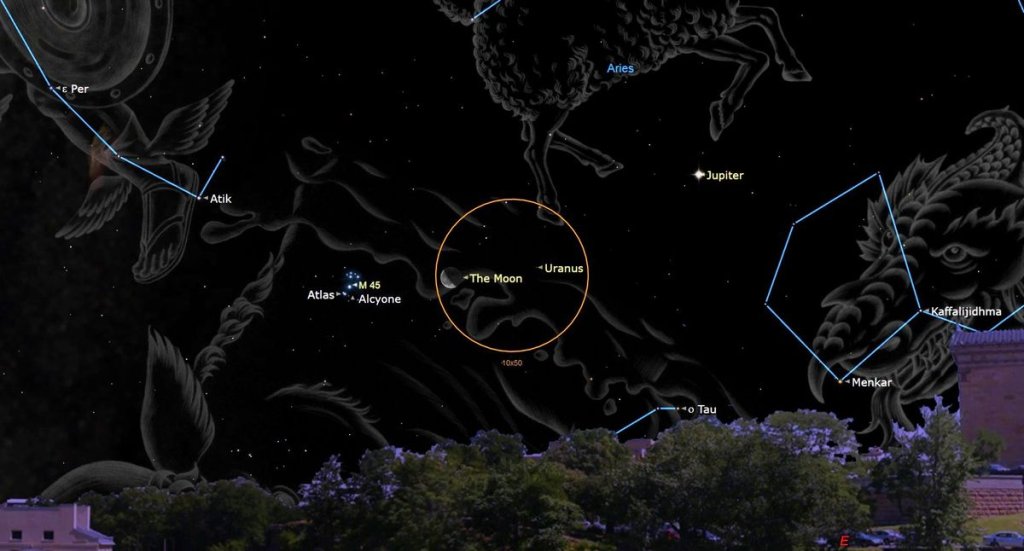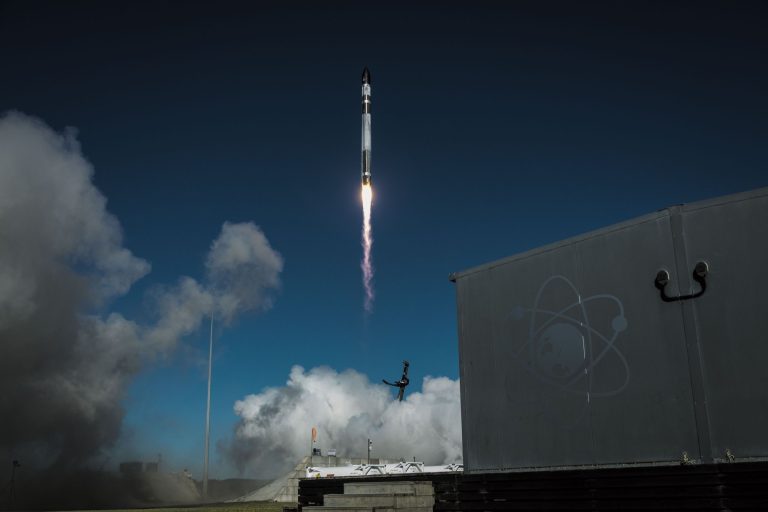
See the moon dance with the Seven Sisters of the Pleiades before dawn on Aug. 9 (Image Credit: Space.com)
The moon has a date with the Pleiades star cluster, also known as the Seven Sisters, in the early hours on Wednesday (Aug. 8). Both the moon and the Pleiades will be in the constellation of Taurus during the close approach.
From New York City, the 23-day-old waning crescent moon will rise at 23:54 EDT (0354 GMT), and the Pleiades will follow it over the horizon around 4 minutes later, according to In the Sky. The two will follow each over across the sky, with the moon passing from the right of the Pleiades to under the star cluster. At their closest, the moon and the Seven Sisters will be separated by just 1⁰ 20′.
The dance between the moon and the Seven Sisters will end around just before the Pleiades sets at 15:06 EDT (1906 GMT), with the crescent of the moon sinking below the horizon just 7 minutes later at 15:13 EDT (1906 GMT, according to In the Sky.
Even though this is a close approach, the Seven Sisters and the moon will maintain a respectable distance, too wide part to be seen together in the field of view of a telescope, though they should appear together in the wider field of view of binoculars.
Related: Night sky, August 2023: What you can see tonight [maps]
Located around 44 light-years from Earth and also known as Messier 45 (M45), the Pleiades is an important astronomical object throughout history. The Pleiades is comprised of around 1,000 stars and is defined as an open cluster, which means that its stars are believed to have formed at around the same time from the same collapsing cloud of gas and dust. Of these 1,000 stars, six or seven are bright enough over Earth to be seen with the naked eye hence the Pleiades place in many cultures and a wealth of mythology.
The name the Seven Sisters arises from an association with Greek Mythology and the seven sisters of the Pleiades, the daughters of Atlas and Pleione, Alcyone, Maia, Electra, Merope, Taygete, Celaeno, and Sterope, who were transformed into doves then stars by Zeus. The seven brightest stars of the open star cluster are named after the sisters, with two other bright stars in the Pleiades names after their parents.
Despite looking fairly diminutive in the night sky, the actual star cluster M45 is huge. Its mass in stars is equivalent to around 800 suns and stretches for about 17.5 light-years. The gravity, or “tidal radius,” of M45 extends way beyond this and can be felt around 43 light-years from the open cluster.
Though the most striking and brightest stars of the Pleiades are its young and massive blue stars, it also has a large population of smaller and older red stars and may also have a wealth of brown dwarfs — astronomical objects that straddle the dividing line between stars and planets.
If you’re hoping to catch a look at the Pleiades during this close encounter with the crescent moon, our guides to the best telescopes and best binoculars are a great place to start. If you’re looking to snap photos of the night sky in general, check out our guide on how to photograph the moon, as well as our best cameras for astrophotography and best lenses for astrophotography.
Editor’s Note: If you snap an image of the Pleiades and would like to share it with Space.com’s readers, send your photo(s), comments, and your name and location to spacephotos@space.com.





